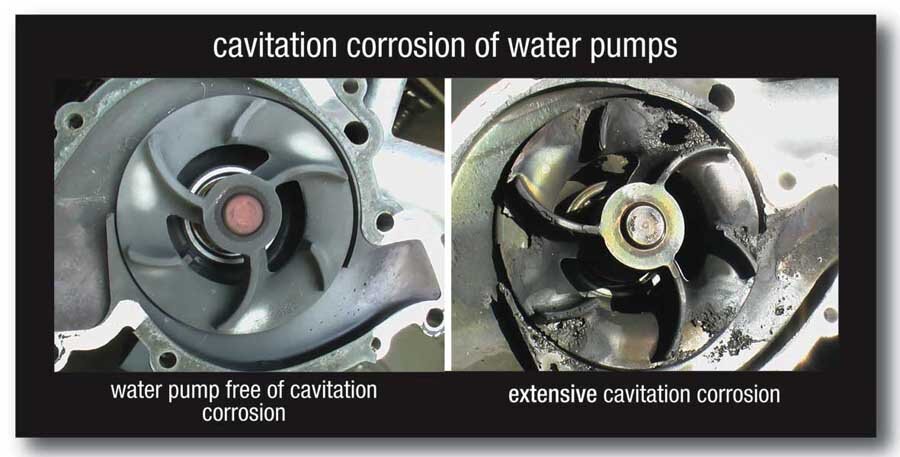
Cavitation is one of the most common issues in centrifugal pumps. Often this surfaces as strange noise, vibration and reduced performance of the pump. Prevention of cavitation is necessary as this may otherwise impact the lifespan of the pump. But before talking about the ways to prevent it, let’s understand what cavitation really is.
What is cavitation?
Cavitation is simply the accumulation of bubbles around the pump impeller. Bubbles are formed in liquids of any viscosity and when these burst inside the pump, high energy shock waves are created inside the pump. This is analogous to the ripples created in a pond when you throw a stone into it. However, with the enormous number of bubbles exploding inside the liquid, cavitation can cause serious erosion of pump components over time.
How does pump cavitation occur?
When the pressure quickly drops below the vapour pressure, bubbles or voids are formed inside the liquid. When the same bubbles experience high pressure, they collapse and create small shockwaves in the process. These shockwaves create tiny holes in the pump components over a period of time. This is called “pitting”.
How to prevent pump cavitation
1. You can prevent pump cavitation most effectively by increasing the pressure upstream from the pump’s impeller. This pressure is called Net Positive Suction Head (NPSH). NPSH can be increased in the following ways:
- By increasing the water level of the upstream reservoir
- By adding an inducer to the pump inlet
- By reducing the flow losses upstream
- By operating the pump at lower flow rates
2. Even the smallest amount of air going into the pump can cause cavitation. Check and make sure all the joints and connections are sealed perfectly well. Check all the O-rings and any other mechanical seals regularly. Cavitation can also be caused by the bubbles created by a foaming liquid. In such a case, run the pump slower and remove all the contents periodically, including air.
3. Use a booster pump to reduce the pressure on your primary pump. Increase the liquid level around the suction area and if possible, reduce the temperature of the pump, liquid or other components.
Types of cavitation
Let’s try to understand two of the most common types of cavitation, that is, suction cavitation and discharge cavitation.
1. Suction cavitation
Also known as classical cavitation, this happens when the pump is under low pressure or high vacuum conditions. Pressure is dropped instantly when the liquid being pumped enters the eye of a centrifugal pump. Bubbles or cavities are formed near the eye of the impeller which gradually move to areas of higher pressure.
2. Discharge cavitation
This happens when a pump discharge pressure is extremely high or the flow is restricted and cannot leave the pump. This results in majority of the pump fluid getting circulated within the pump. The bursting of bubbles creates intense shockwaves, resulting in premature wear and tear of the impeller.
VEMC is a Kirloskar authorised dealer and deals in swimming pool pumps, submersible sewage pumps, vertical turbine pumps etc. We also offer AMC services for pumps and resolve technical issues. Avail our services by giving us a call on 022 43436655 or email us at marketing@vemc.co.in.

